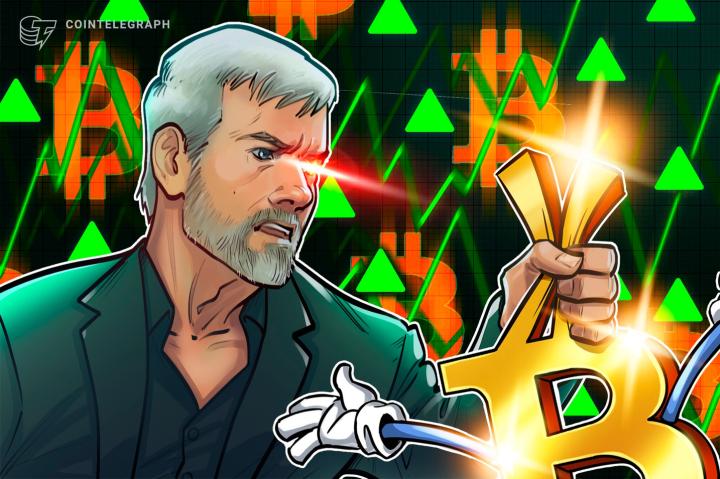Written by: Crypto.com
Translated by: Plain Blockchain
On the grand stage of the global economy, a policy in one field can create unexpected ripples, like a stone thrown into water. Tariffs, a long-standing tool for regulating international trade, have long been familiar in their impact on traditional financial markets. But with the rise of this "new player" called crypto assets, what relationship exists between trade policies and digital asset prices?
In early February 2025, U.S. President Trump announced new tariffs on Canada and Mexico, and the crypto asset market immediately "plummeted". This wave of decline sparked heated discussion: How exactly do government trade policies influence these crypto assets that originally wanted to be "independent"?
This article will explore how tariffs are "linked" to crypto asset prices and the mechanisms behind them.
[The rest of the translation follows the same professional and accurate approach, maintaining the original meaning and tone while translating into clear, fluent English.]Mining costs may increase: For crypto assets like Bitcoin that require "mining," if a country imposes tariffs on computer hardware (especially professional mining chips like ASIC), mining costs will directly rise. Miners might not be able to earn money and could even shut down, potentially reducing the overall Bitcoin network's security and indirectly affecting Bitcoin's price.
Government regulation may become stricter: During times of tense trade relations, governments typically impose more rigorous regulations across many aspects. Investors might worry that countries engaged in trade disputes could bring crypto assets under more stringent control.
Different Crypto Assets, Different Reactions
Different crypto assets may react differently to tariffs:
Bitcoin: As the largest crypto asset by market capitalization, and with increasing institutional investment, Bitcoin is becoming more like a traditional risk asset during market downturns. This means that if trade tensions escalate, Bitcoin's price may decline.
Stablecoins: "Stablecoins" pegged to fiat currencies like the US dollar might become more popular during trade disputes, as traders may want to hold price-stable assets while remaining within the crypto asset market for easy re-entry.
Utility tokens: Crypto assets related to specific blockchain applications may be more directly impacted by tariffs affecting their respective industries, rather than overall market sentiment.
Summary
The relationship between tariffs and crypto asset prices represents an interesting intersection of traditional economic policy and emerging financial technology. Although crypto assets were initially designed to be independent of government monetary policies, market evidence increasingly shows they are still influenced by macroeconomic forces, including trade policies.
The market's reaction in February 2025 to former President Trump's announcement of tariffs on Canada and Mexico is a clear example. Therefore, crypto asset investors should closely monitor global macroeconomic policies. While crypto assets have many unique advantages compared to traditional assets, they remain part of the global financial system and are sensitive to global macroeconomic policy changes.








